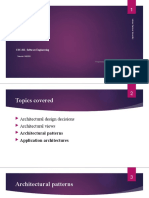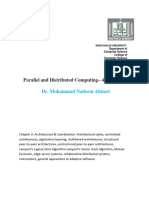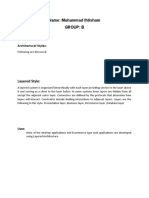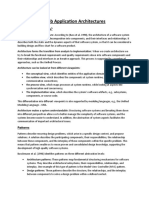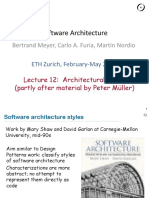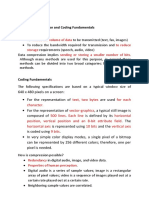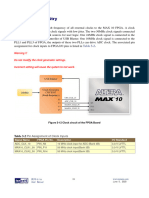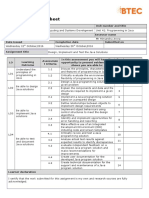0% found this document useful (0 votes)
13 views41 pagesChapter 2 - Part I
The document outlines various software architecture styles and patterns, including system, architecture, and component patterns, as well as specific types like client/server, layered, and microkernel architectures. It discusses the pros and cons of these architectures, emphasizing aspects like scalability, maintenance, and deployment flexibility. Additionally, it covers event-driven architecture, detailing its topologies and components, and highlights the trade-offs between different architectural approaches.
Uploaded by
tsiyonketema7Copyright
© © All Rights Reserved
We take content rights seriously. If you suspect this is your content, claim it here.
Available Formats
Download as PDF, TXT or read online on Scribd
0% found this document useful (0 votes)
13 views41 pagesChapter 2 - Part I
The document outlines various software architecture styles and patterns, including system, architecture, and component patterns, as well as specific types like client/server, layered, and microkernel architectures. It discusses the pros and cons of these architectures, emphasizing aspects like scalability, maintenance, and deployment flexibility. Additionally, it covers event-driven architecture, detailing its topologies and components, and highlights the trade-offs between different architectural approaches.
Uploaded by
tsiyonketema7Copyright
© © All Rights Reserved
We take content rights seriously. If you suspect this is your content, claim it here.
Available Formats
Download as PDF, TXT or read online on Scribd
/ 41



























